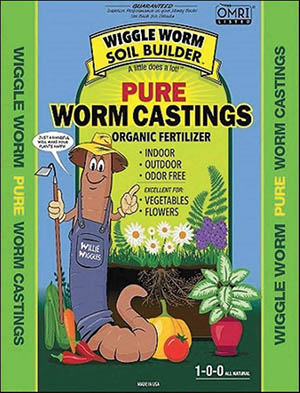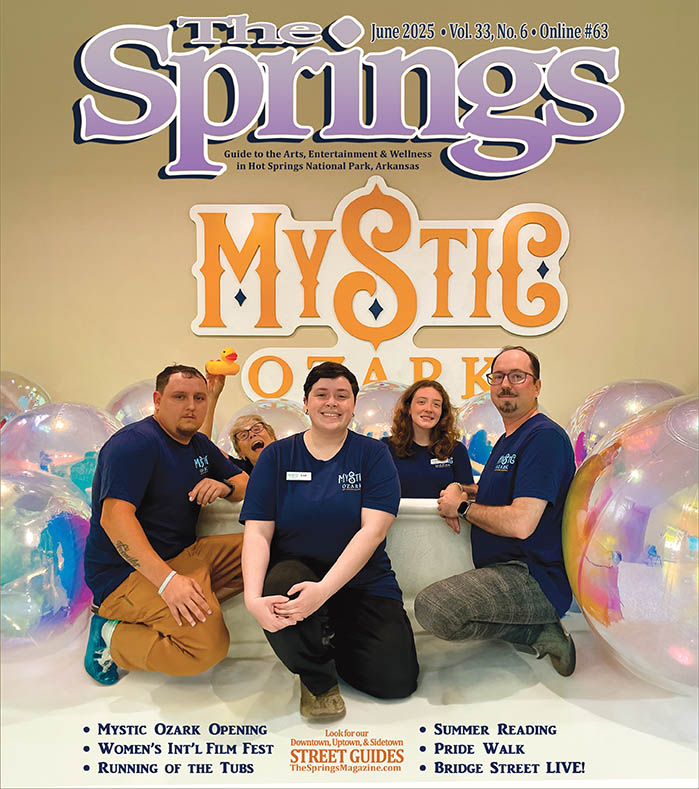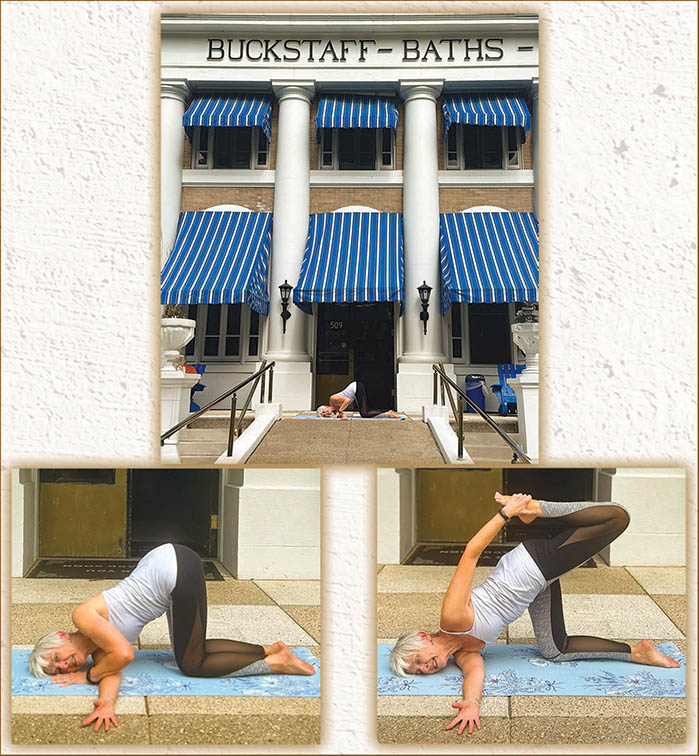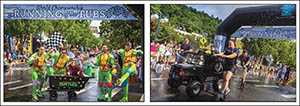By Elaine Sichter
When it comes to the best ways to build healthy, fertile soil naturally, worm castings rank right up there with compost and cover crops. Worm castings are essentially dried worm manure. And they are loaded with all kinds of life nurturing and life-giving minerals and organic material. That includes but is not limited to nitrogen, calcium, magnesium, phosphorus and potassium.
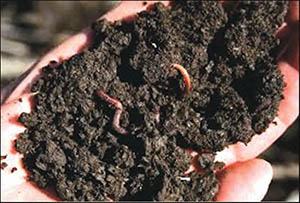
As worms work through the soil, they leave behind a perfectly balanced and processed blend of organic nutrients know as castings. Although they perform beautifully as a gentle, yet powerful fertilizer for plants, they also do so much more! Worm castings absorb and hold tremendously more moisture than typical garden soil. This helps plants retain valuable moisture at the root zone, where they need it most.
The natural light and airy nature of the castings also helps to let the soil take in nutrients better. It doesn’t stop there. Worm castings aid in balancing soil PH while helping to remove bacteria and toxins from the soil. They also stimulate root growth and make it easier for plants to take up nutrients found in the existing soil.
In seed trays, the seedlings that were started with worm castings mixed in the soil were much larger and thicker. The same happened in growing rows and containers.
Advanced Garland County Master Gardener, Elaine Sichter, volunteers with GC Master Gardeners of the UofA Div. of Agriculture, Cooperative Ext. Service. Master Gardeners pool skills and resources to improve home horticulture, stimulate interest in plants and gardening, and encourage beautification. For more info, call 501-623-6841 or email adykes@uaex.edu. The University of Arkansas System Division of Agriculture is an equal opportunity/equal access/affirmative action institution.



